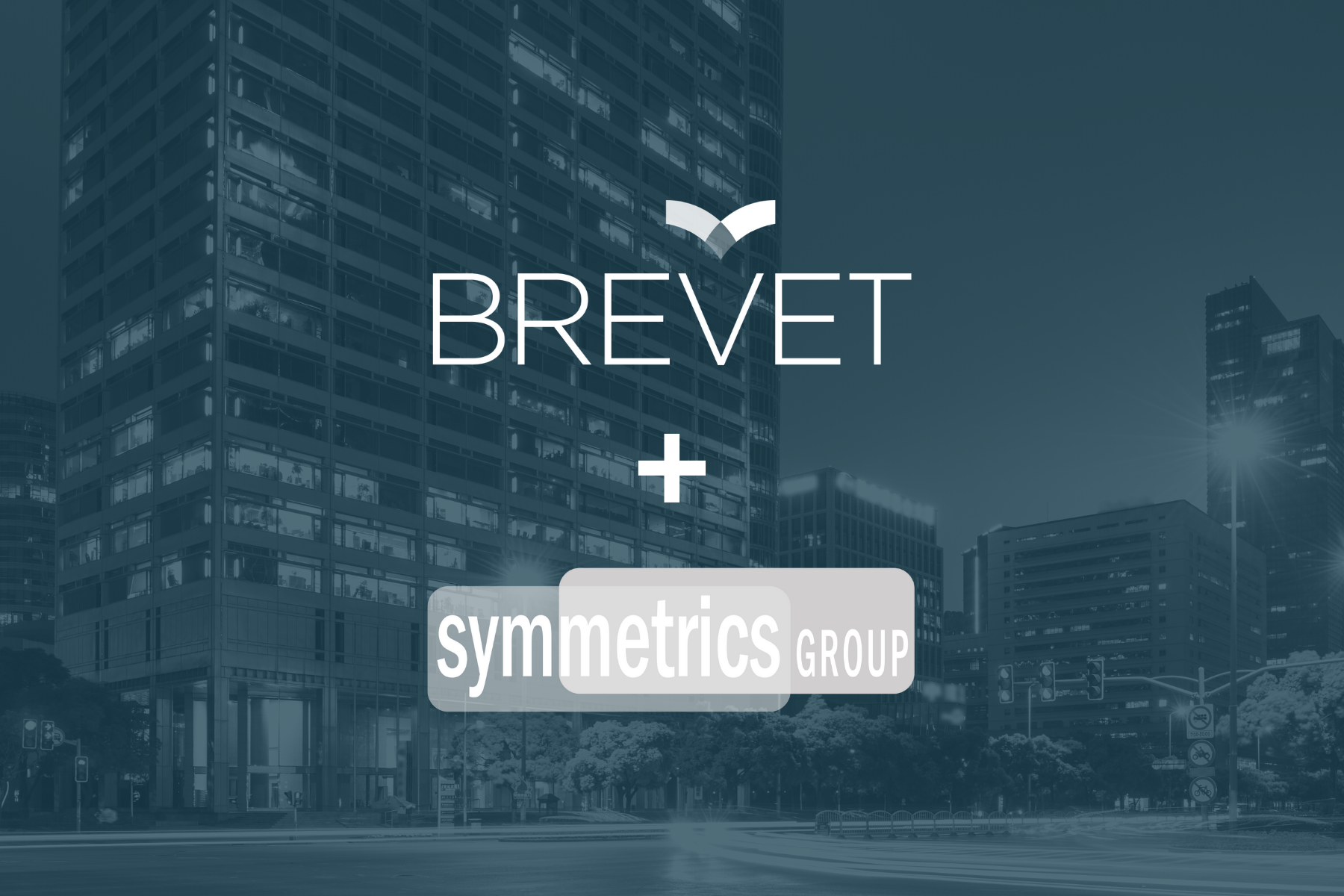“So, what exactly do you do?”
These six words will open Pandora’s Box. Ask any sales enablement or sales operations leader and my guess is they receive this question on a weekly, if not daily, basis. Although sales enablement became a formal function a decade ago, thanks to Forrester, the definition and understanding is still a catch-all. No other function has as much "support’" as sales, which leaves many sales reps shaking their heads on who does what and why.
Without a clear, consistent definition of enablement roles and responsibilities, it's easy for it to become a dumping ground. Unlike many functions that are pretty straightforward, sales enablement has elements that have traditionally been a part of marketing, training, sales operations, and even HR. Enablement teams can focus on everything from optimizing rep time allocation, to content development and delivery, to sales training and onboarding, to managing sales technology. It’s not surprising sales enablement is considered to be a jack of all trades, master of none. (Here is a great article about the dirty dozen definitions of 'sales enablement', and we’re sure there are even more!)
Too many times we've heard sales leaders say, “Pipeline is down this quarter. Let’s run a program,” and turn to sales enablement to fix the problem. But sales enablement needs to be more focused … and not the dumping ground for any initiative or project conceived. Recently we spoke to a software company sales enablement leader who was overseeing 8(!) major initiatives in one quarter, including CRM updates, revamping existing sales content, and a new on-boarding program. While all these initiatives are important, it’s a lot to tackle at once. Priorities begin to compete. And, not to mention, it’s a lot for the field to consume. Enablement fatigue is real!
Five Critical Terms for Sales Enablement Teams and Their Performance Development Training
In our work, we see five critical terms for sales enablement to become advisors to the sales team and prevent becoming a dumping ground:
1. Earn a seat at the sales strategy table.
Too many enablement leaders believe their existence earns them the right to be at the table to set and execute sales strategy. This simply isn’t true. Your enablement team must earn the right to impact business decisions. As a sales enablement leader you must be able to demonstrate and measure the impact of their contribution. There are lots of important roles in a company, but avoiding the dumping ground begins by setting forth clear ways you impact the business.
2. Define what sales enablement does - and does not - do
Whether through a formal charter or informal meetings with sales management, sales enablement leaders need to clearly lay out their focuses, roles, responsibilities, and strategy. It's their job to eliminate the grey area and remove the silos. It’s their job to clearly explain the role of sales enablement and how it works with other functions, including sales operations, marketing, and sales.
3. Be proactive, not reactive (and know you can say no).
Many sales enablement leaders do a good job of defining their boundaries. But not all of them stick to them. Recently, we surveyed more than 200 sales enablement leaders on how they spend their time. Over 30% spent almost half of their time “fulfilling ad-hoc requests.” Think about that. More than two days a week is spent on ad-hoc activities, often tactical work, rather than true support work to the field.
It is up to sales enablement leaders to eliminate tasks or requests that are non-value added, busy work, or not part of what they should be doing. For example, we recently spoke to a sales enablement team helping HR source resumes for a new junior sales rep role. Sales leadership didn’t like the output from HR, so they handed the job to sales enablement. Sales enablement must ensure their work aligns to the strategy (#1 above) and their mission (#2 above).
4. There is no right hiring profile.
A healthy sales enablement team requires a variety of roles and domain experts. Consider people with diverse backgrounds – sales, consulting, marketing, training, product development, sales engineers – to build a well-rounded team, capable of fulfilling the many facets of sales enablement strategy.
Enablement teams need to be credible with the field but they need not all have field experience. Having a diverse team is critical. We see too many enablement teams being criticized for “not knowing what it’s like in the field.” Well, that same criticism applies the other way as well: “What does a former sales rep know about building a learning strategy?” Enablement needs diverse skill-sets to be successful.
5. Sign-up for the number.
Sales enablement’s focus day-in and day-out is supporting the sales team. Therefore, incentives should be tied to this focus to some extent. Many sales enablement teams are either on the overall corporate plan or have Management by Objective (MBOs) that look more like program- or initiative-level objectives rather than sales focused. Both of these approaches can work, but the closer enablement can be tied into the sales results, the more likely you are to drive focus in the function and avoid being the dumping ground.
Look for our formal survey shortly, designed to understand the various compensation plans for sales enablement and share best practices how to ensure sales enablement is motivated, aligned, and incented with the sales organization.
Sales enablement is a critical function for high performing sales teams. Contact us for our sales enablement assessment to understand your current position and create a roadmap for a strategic, transformative sales enablement function.
About The Author
.png?height=120&name=Carrie%20Photo%20(3).png) Carrie is an experienced consultant specializing in sales analytics, organizational design, and sales process optimization. She is the co-author of The Sales Compensation Handbook as well as numerous sales research studies.
Carrie is an experienced consultant specializing in sales analytics, organizational design, and sales process optimization. She is the co-author of The Sales Compensation Handbook as well as numerous sales research studies.




